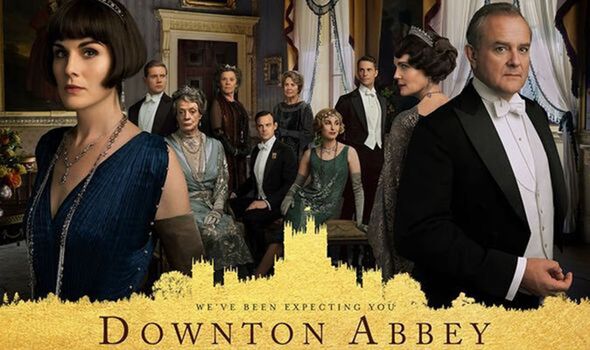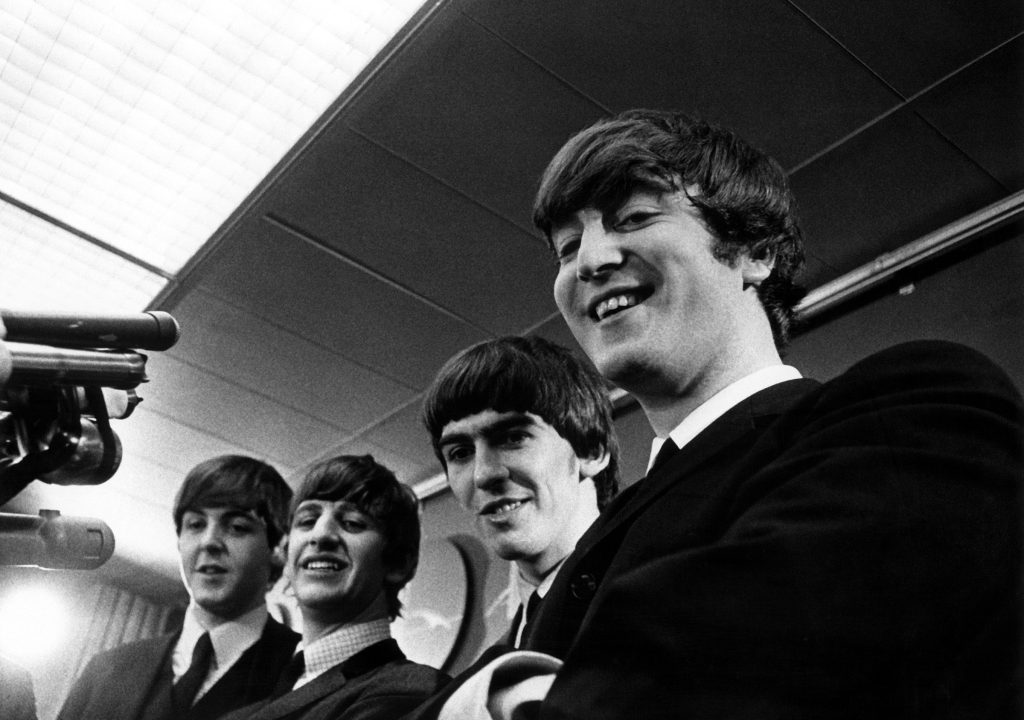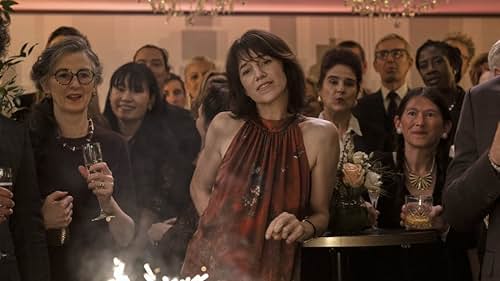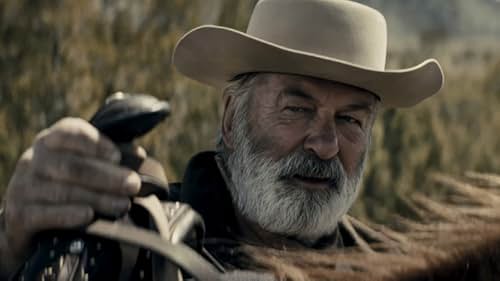“Downton Abbey: The Grand Finale” is not just another film; it is the culmination of a cultural phenomenon that has captivated audiences for over a decade. As the third and final installment in the series, it promises to deliver a fitting conclusion to the story of the Crawley family and their world. With its rich tapestry of characters, intricate plotlines, and stunning visuals, this film is poised to leave a lasting impression on both die-hard fans and newcomers alike.
From the moment the iconic theme music begins, the audience is transported back to the opulent halls and sweeping landscapes of Downton Abbey. The film, directed by Simon Curtis and written by Julian Fellowes, who has been at the helm since the television series premiered in 2010, is a masterclass in period drama filmmaking. Fellowes’ keen eye for detail and Curtis’ ability to capture the grandeur of the setting ensure that every frame is a visual feast.
One of the most striking aspects of “Downton Abbey: The Grand Finale” is its adherence to the series’ signature blend of wit, drama, and heart. The film wastes no time in diving into the lives of the Crawleys, seamlessly picking up where the previous installments left off. The plot, while not groundbreaking, is expertly woven with familiar themes of love, loss, and legacy. It is a testament to Fellowes’ skill as a writer that he can craft such a rich narrative without relying on clichés.
The cinematography, in particular, deserves special mention. The film’s visual language is both elegant and evocative, with each shot meticulously composed to highlight the beauty of Highclere Castle, the real-life location where Downton Abbey is filmed. The use of natural light and sweeping camera movements creates a sense of intimacy and grandeur that is rarely achieved in period dramas. The film’s color palette, dominated by rich reds and warm golds, further enhances the nostalgic atmosphere, making the audience feel as though they are stepping into a bygone era.
The performances in “Downton Abbey: The Grand Finale” are, as expected, exceptional. The ensemble cast, led by Hugh Bonneville, Elizabeth McGovern, and Michelle Dockery, delivers a series of nuanced and heartfelt portrayals. Dockery, in particular, shines as Lady Mary Crawley, capturing the character’s strength and vulnerability with remarkable precision. Her final scenes are imbued with a sense of melancholy that is both poignant and moving.
Newcomers to the series, such as Paul Giamatti and Alessandro Nivola, fit seamlessly into the established dynamic, adding fresh layers to the narrative. Giamatti’s portrayal of Cora’s brother Harold Levinson brings a welcome depth to the character, while Nivola’s performance adds a touch of Hollywood glamour to the proceedings. The chemistry between the actors is palpable, and their interactions feel genuine and heartfelt.
The film’s score, composed by John Lunn, is another standout element. The music is both familiar and new, seamlessly blending iconic themes with original compositions. The score serves as a perfect accompaniment to the film’s emotional beats, enhancing the overall experience without overshadowing the narrative.
“Downton Abbey: The Grand Finale” is also notable for its exploration of themes that have been central to the series since its inception. The film delves into the complexities of class and social change, presenting a nuanced portrait of early 20th-century England. The Crawleys’ world is one of tradition and ceremony, but it is also a place where progress and modernity are slowly making their mark. This tension between the old and the new is beautifully captured in scenes that juxtapose the grandeur of the estate with the everyday lives of the servants.
One of the most poignant aspects of the film is its sense of closure. After 15 years, the story of the Crawley family is coming to an end, and the film does an excellent job of tying up loose ends while leaving room for the imagination. The final scenes are a fitting tribute to the characters and their journeys, providing a sense of closure that is both satisfying and emotional.
In conclusion, “Downton Abbey: The Grand Finale” is a fitting end to a beloved series. It is a film that honors the past while looking to the future, capturing the essence of what made the series so special in the first place. With its stunning visuals, exceptional performances, and heartfelt narrative, it is a fitting farewell to the world of Downton Abbey. As the credits roll, audiences will undoubtedly feel a sense of gratitude for the journey they have shared with the Crawley family.




